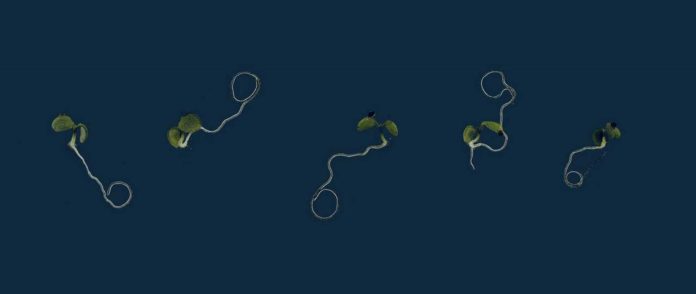Plants grow in two directions: towards the light and the center of the earth into the soil. The phenomenon of growing towards the light has gathered everyone’s interest.
The plant ensures that it can make the best use of light to photosynthesize and synthesize sugars. Similarly, the roots grow into the soil to ensure that the plant is supplied with water and nutrients.
A hormone called Auxin plays a vital role in these growth processes. Auxin is transported in the polar plant body, from the plant body to the roots.
In this process, a family of polar transport proteins distributes the Auxin throughout the plant. To better understand this process, the research team investigated it in more detail with a chemical’s help.
In both processes, how the molecular mechanisms work remains a mystery.
A study by the Technical University of Munich (TUM), in collaboration with two research groups in Vienna, has described molecular mechanisms of polar growth in plants.
Naptalam (NPA) is an essential tool to elucidate the structure of the transporters. It represses the directional flow of Auxin along these lines, seriously restraining plant growth. It was utilized in the European Union until 2002. The sodium salt of naptalam is utilized in the USA as a pre-emergence herbicide to control broadleaf weed in cucurbits and nursery stock.
PD Dr. Ulrich Hammes, the study’s principal investigator, said, “We wanted to know how naptalam exerts its effects. Our studies show that the inhibitor completely shuts down the activity of the auxin transporters.”
“When NPA binds to the transporter proteins, Auxin can no longer get out of the cell, and thus the plant is no longer able to grow polarly. The roots no longer grow to the center of the earth, and flowers and seed formations are massively disrupted.”
An effect of the inhibitor NPA on the activators of the transporters, known as kinases.
Martina Kolb, the first author of the study, said, “Naptalam not only binds the transporters but also prevents the transporters from binding to each other. This mechanism of binding to each other seems to apply universally in the family of auxin transporters, as we observed the effect in all transporters studied.”
At the TUM School of Life Sciences in Weihenstephan, researchers are now working further to characterize polar auxin transport processes.
Journal Reference:
- Lindy Abas et al. Naphthylphthalamic acid associates with and inhibits PIN auxin transporters. DOI: 10.1073/pnas.2020857118
